If you’re of the free heel persuasion and want to have some telemark stoke handy on your coffee table for friends to peruse, or for motivating yourself to get off the couch and onto the slopes one can hardly go wrong with the current issue of Telemark Skier magazine. The second and final issue of the Ten-11 season is their photo annual and event guide.
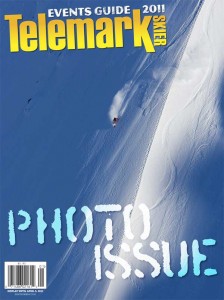
Telemark Skier Magazine #16. click to enlarge
Back when I launched this publication at the turn of the century it was hard to find photos showing the power and athleticism possible with telemark gear. Based on the images found in this issue those days appear, thankfully, to be long gone. The speed and power exemplified in the photos of this issue are equal or superior to the stuff shown in rags like Powder or Backcountry.
And then there’s the writing. I’ll admit my own prose is found twice in this issue but that isn’t why I think it’s a worthwhile read. Well, maybe a little. I think you’ll find my interview with Steve Barnett amusing if you’re under 30, or reinforcing if you learned to tele in leather. There’s a great piece by Megan Michaelson on a microbrewery out of Colorodo but my fave piece is from editor Josh Madsen. His intro started to raise my defensive hackles as he laments the traditional perspective of tele and backcountry being interwoven, then goes on to explain how the new enthusiasm of jib fueled telewhackers are just kindred souls on a continuum of pinhead styles.
There’s also a good guide to telemark festivals around the country. If you’ve never been to one, I encourage you to imbibe.
Mostly though, I think you’ll like it for the photo stoke. If you’ve never dropped a knee or free’d your heel to make turns on snow, this issue does a superb job of motivating you to try it.

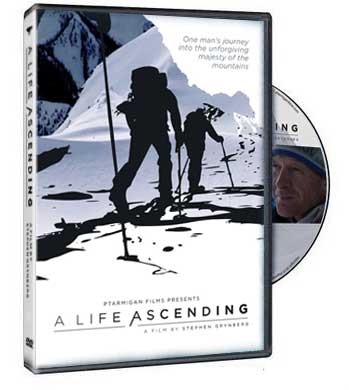

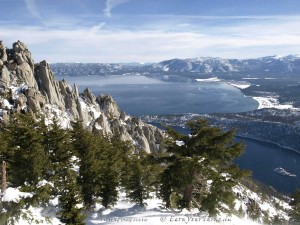
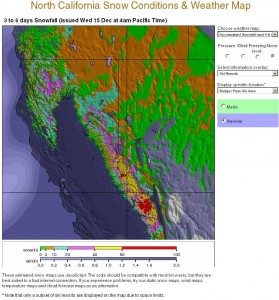
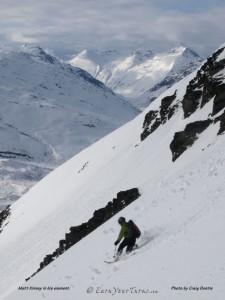
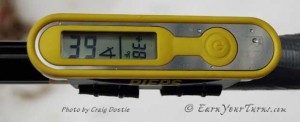
Recent Comments